
Sonia Bansal: Creating a Community of Support in the Classroom
New faculty member Sonia Bansal aims to develop courses that will give students foundational skills and practical engineering experiences they need to succeed
Duke Engineering is an ambitious community where the best and brightest minds are invited to devise creative solutions to the world’s greatest challenges. With an outstanding group of new faculty joining us in 2023-2024, we continue to add depth and breadth to our research focus areas, while enhancing teaching and mentorship for our students.
Learn more about the exciting work of our newest faculty members in these profiles.

New faculty member Sonia Bansal aims to develop courses that will give students foundational skills and practical engineering experiences they need to succeed
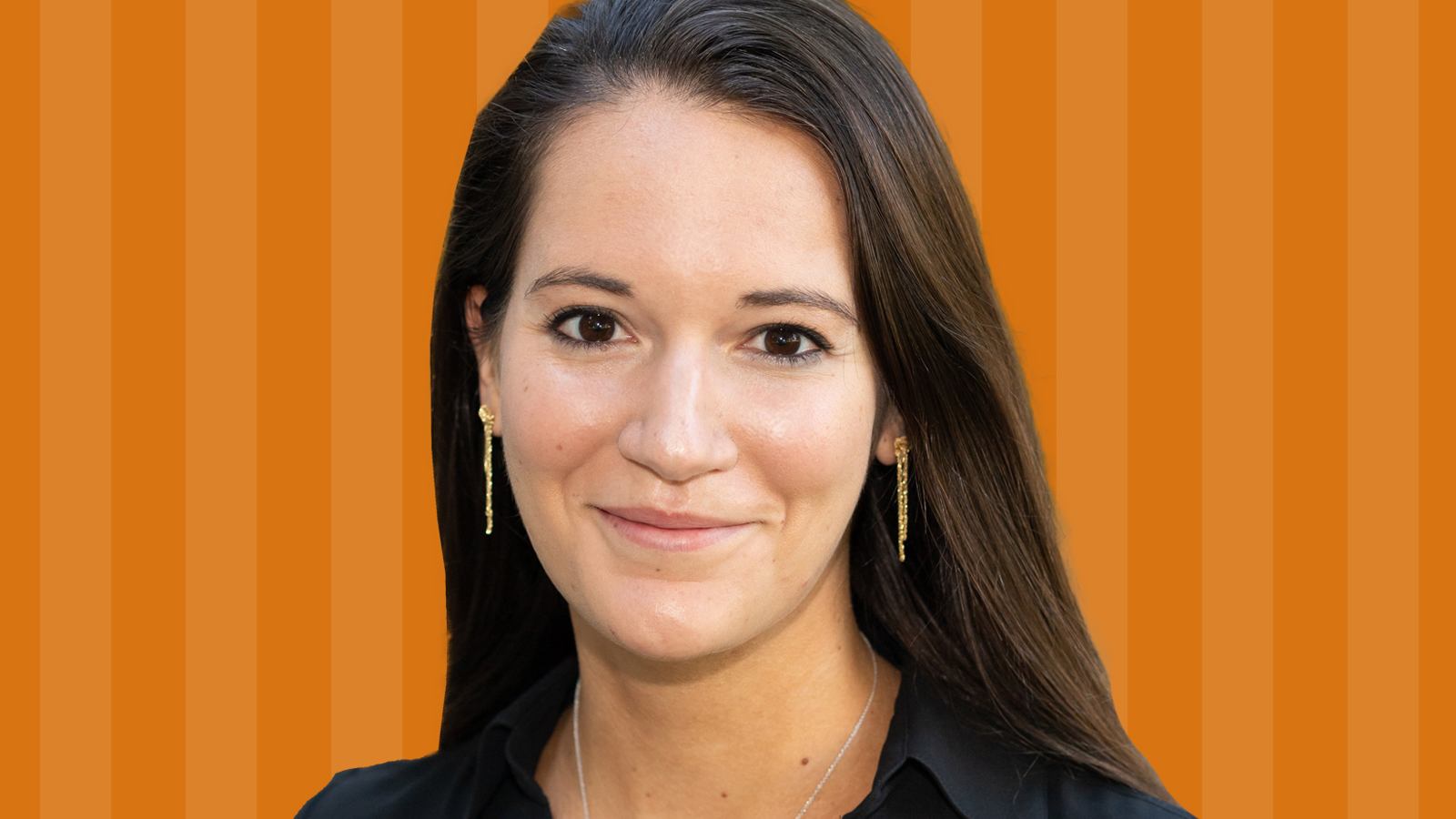
New faculty member Emma Chory combines evolution, cellular engineering and robotics to advance basic science and identify new targets for cancer therapies
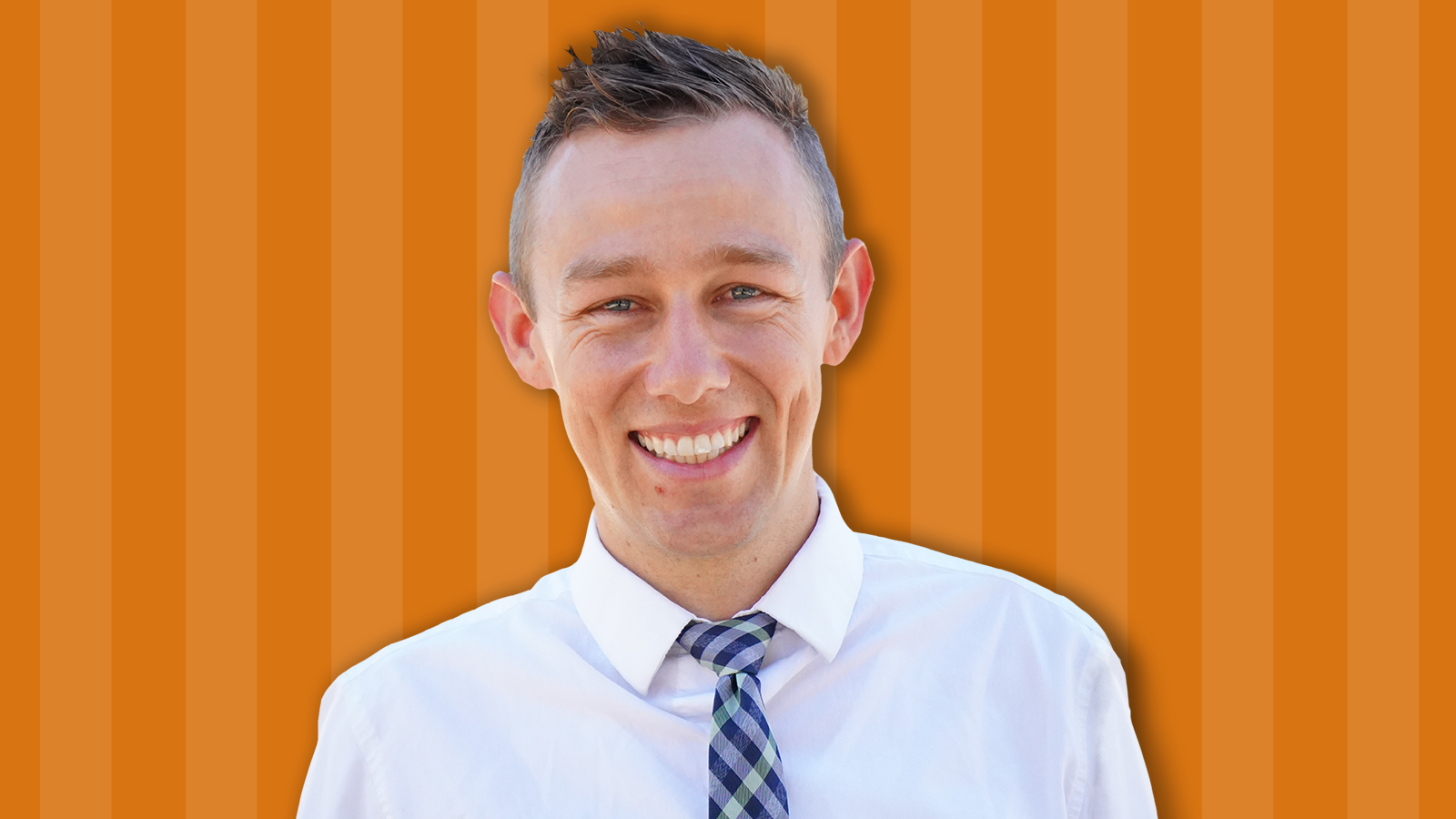
By studying the location of individual cells within tissues, new faculty member John Hickey decodes how cells interact and organize

New faculty member Jeseth Delgado Vela works to understand the microbes that clean our wastewater and improve their performance

New civil and environmental engineering faculty member develops novel materials to respond to environmental challenges
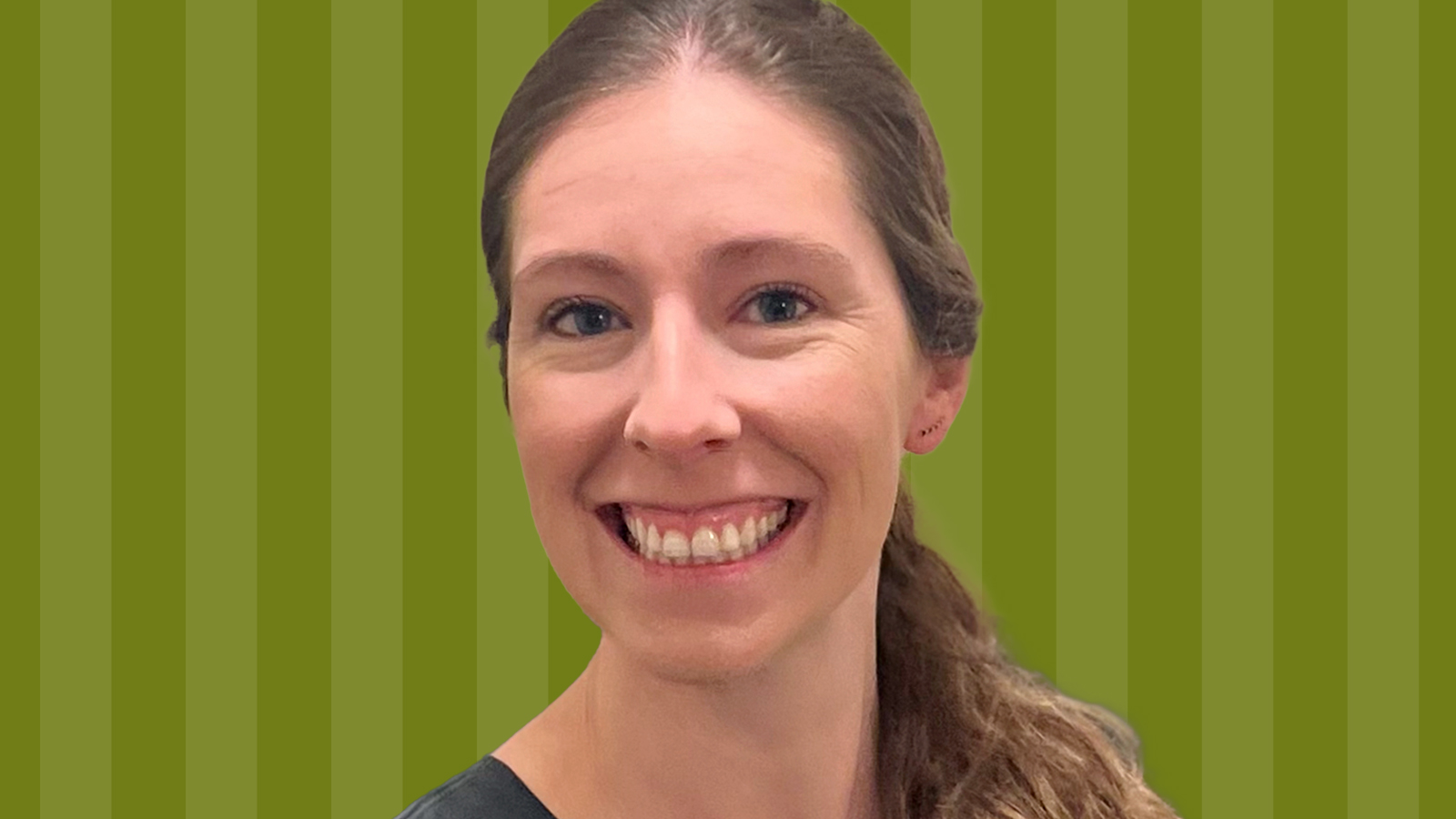
New faculty member Nicole Rockey mixes expertise in civil engineering and virology to make our indoor environments less hospitable to disease-spreading microbes

New faculty member Hossein Salahshoor hones computational methods that interpret interactions within complex materials systems, including the human brain
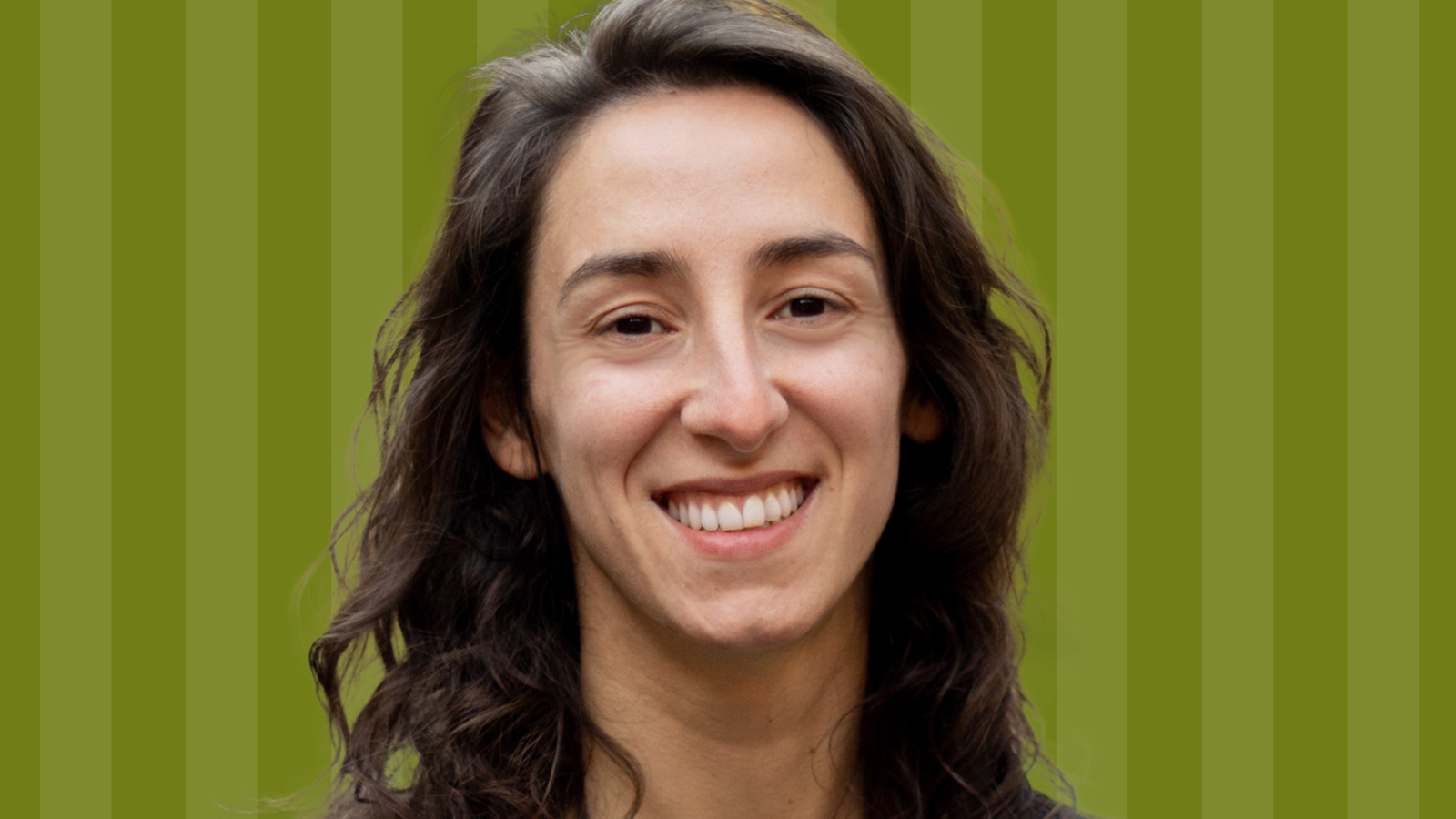
New faculty member Marta Zaniolo pulls AI concepts typically reserved for robotics into complex models of local and regional water use
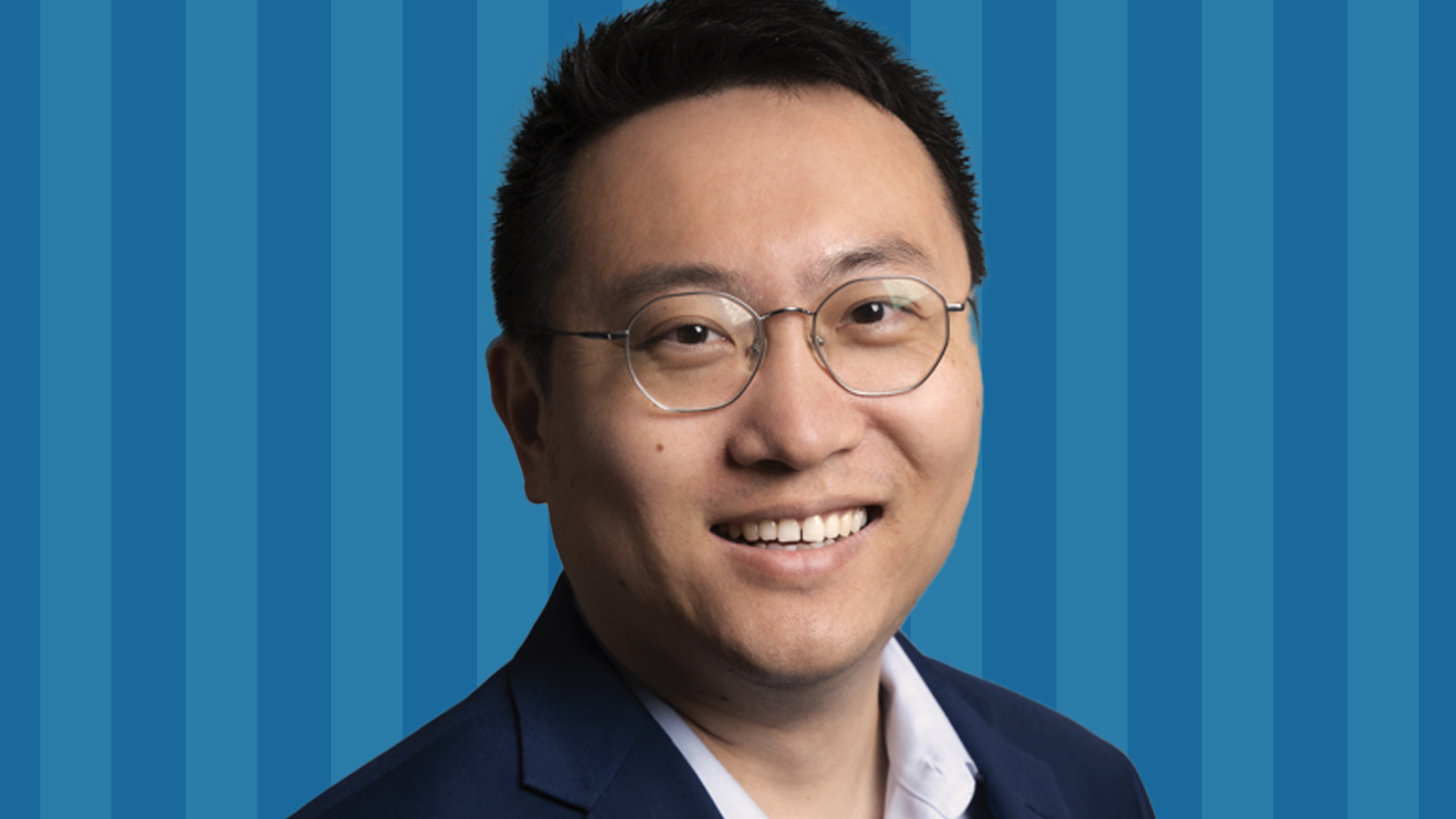
New faculty member Haozhe “Harry” Wang develops both additive and subtractive manufacturing processes to enable the mass production of future quantum systems

New faculty member Emily Wenger works to secure futuristic cryptography algorithms and protect people’s privacy from generative AI

New faculty member Miaofang Chi is a leading expert in the development of new methods for cryogenic scanning electron microscopy systems
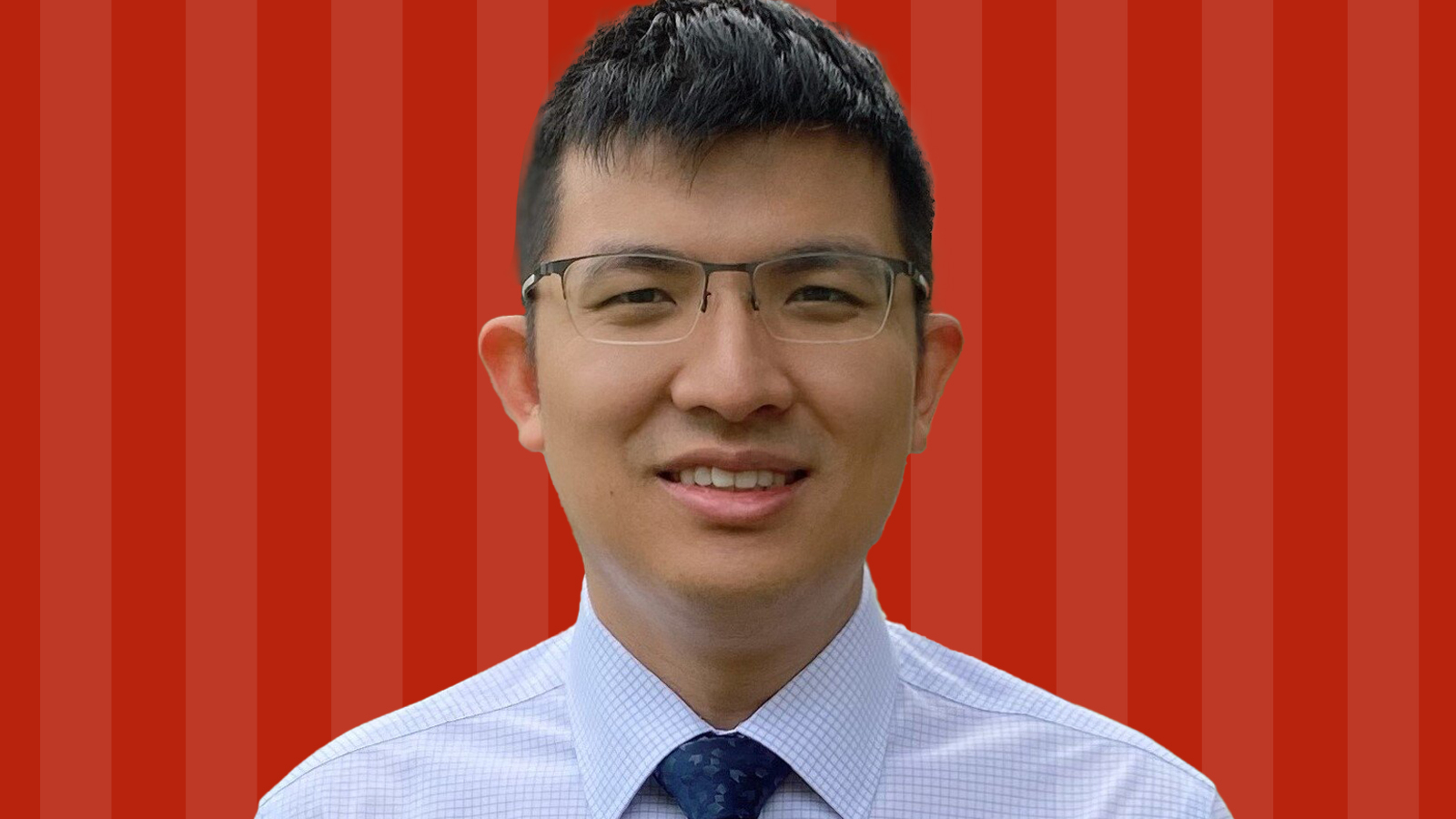
New faculty member Liang Feng is engineering platforms to store gasses for climate and energy applications such as capturing carbon or fueling vehicles
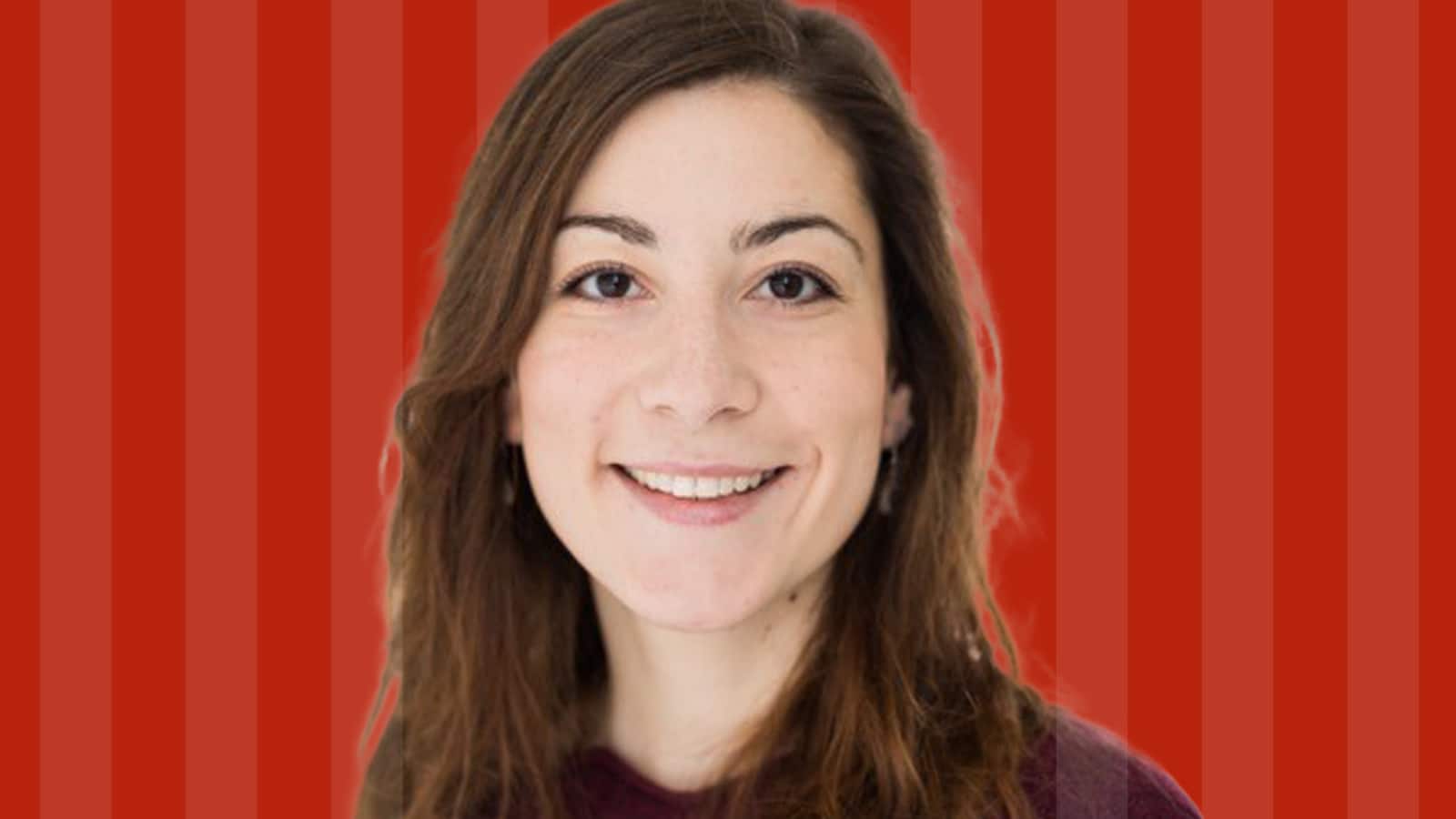
New faculty member Michela Geri seeks to gain a better understanding of structured fluids using tailored experimental and theoretical tools with a focus on energy and environmental applications

New faculty member Bavand Keshavarz joins Duke Engineering with expertise of soft materials and fluid dynamics